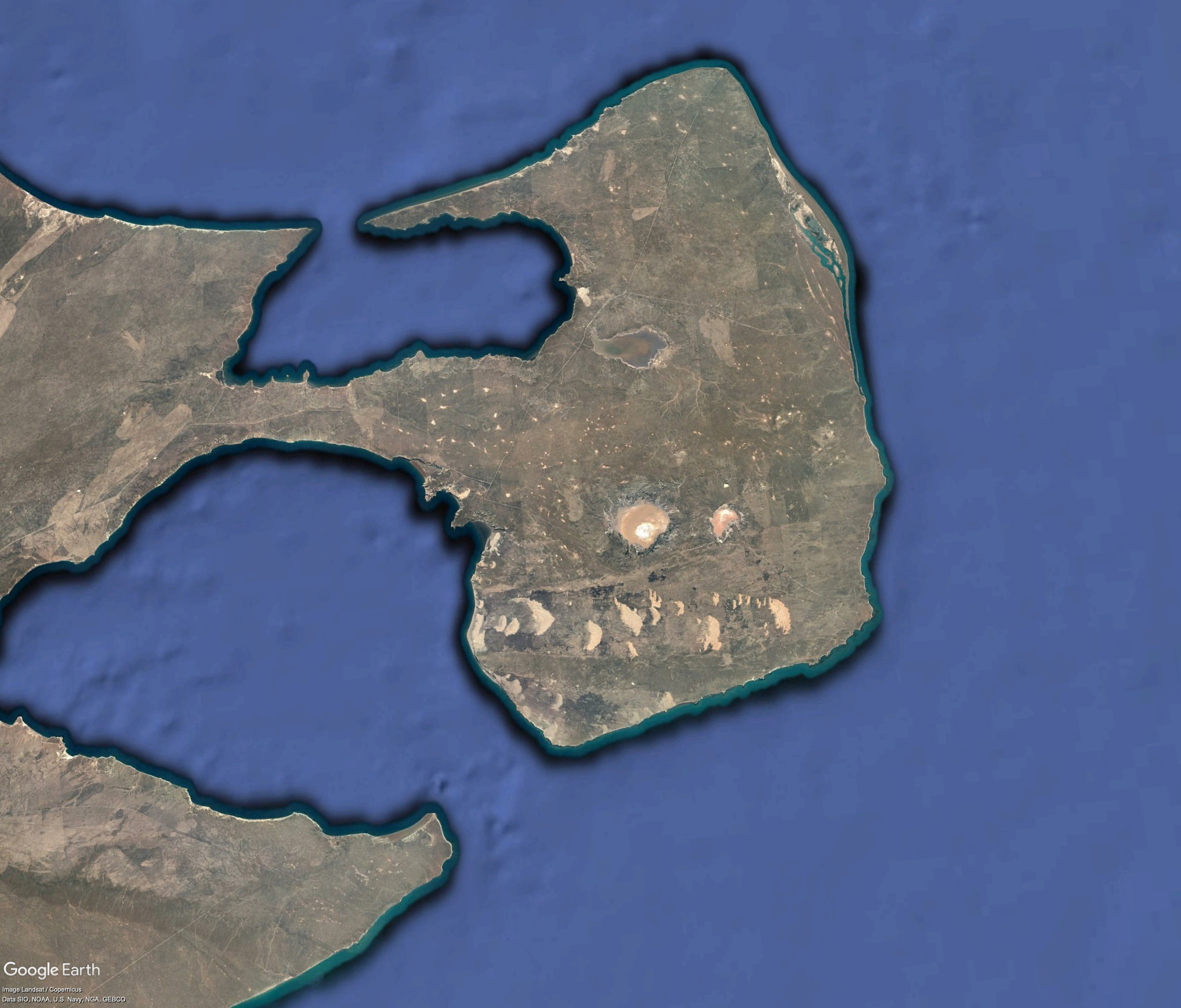
Península Valdés
Península Valdés is located on the east coast of Argentina, 1000 km south of Buenos Aires. The peninsula extends more than 100 km eastwards into the South Atlantic, and has about 400 km of shoreline. Its rugged coast features rocky cliff up to 100 m high along with shallow bays, coastal lagoons, and both sandy and pebble beaches. Due to its biological importance, Península Valdés was recognized by UNESCO as a World Heritage Site in 1999 and the Valdés Biosphere Reserve was established in 2014 to protect its vulnerable inhabitants.
Amongst the more than 1500 species that visit Península Valdés annually, the coastline is the world’s most important breeding ground for southern right whales as well as the only continental breeding site for southern elephant seals. At the north-eastern tip of the peninsula lies Punta Norte. The pebble beaches around this point are the site of a unique hunting tradition mastered by a small group of orca. No where else do orca fully intentionally strand to capture sea lions. Most of these beaches lie within Estancia La Ernestina.
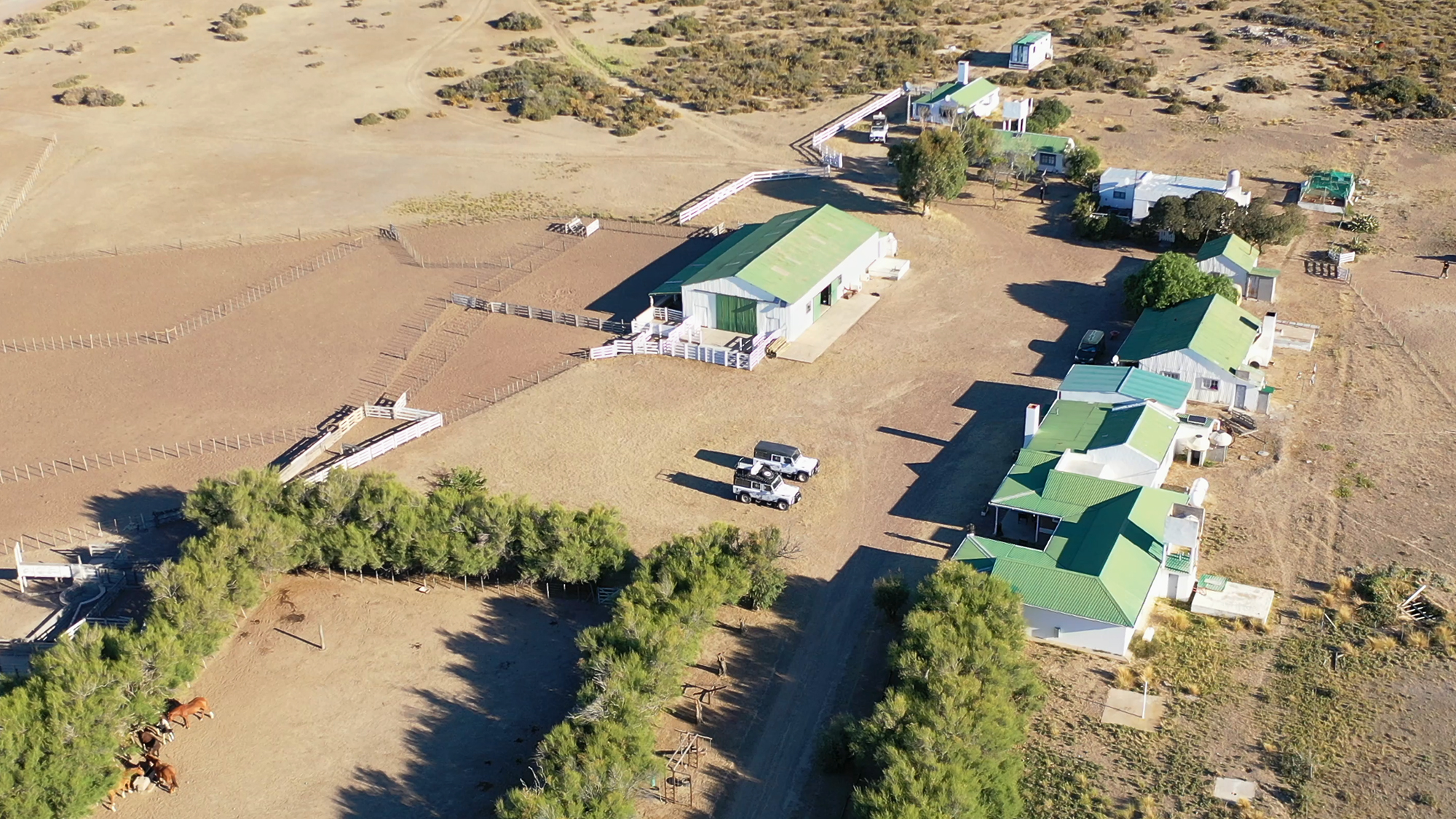
The 15 000 hectare property that is now La Estancia Ernestina was purchased by Juan Copello’s great grandfather at public auction on April 10, 1907 and named after his wife. Since the time of its purchase, the estancia has functioned as a sheep farm for production of merino wool. The activities of orca around the property were not noticed for many years. During the 1960s and 70s, it was noted that orca were intentionally stranding themselves on the beaches to hunt the sea lion colonies. During this period, scientists and park rangers began to formally observe and study the orca.
A young Juan Copello also developed a deep interest in the orca and he dedicated himself to learning how to better observe their behaviours. Over the course of the following years, he learned by trial and error how to be in the best location to document the hunting behaviour. As a result, Juan developed a remarkable instinct regarding orca movements around Punta Norte. He has welcomed guests and film crews to the property for the past 20 years. During this time, he has developed reliable strategies and techniques to put guests in the right position to view the orca, their behaviour, and the spectacular attacks.
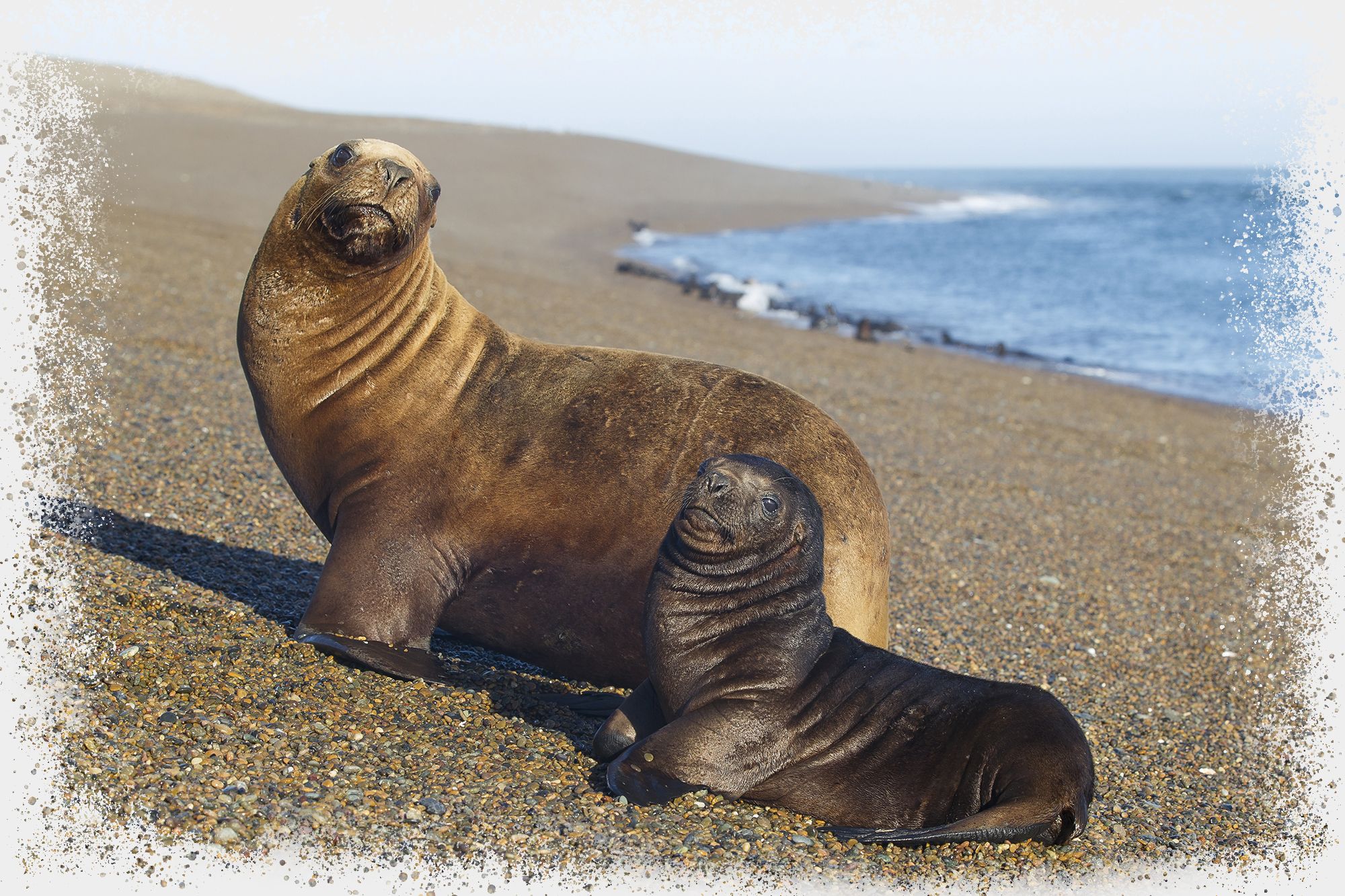
Juan invested considerable time, slowly habituating the sea lion colonies to human presence. Over time, he was able to develop a manner by which a small group of people can slowly and respectfully approach the colonies. We are now able to set up groups at a distance from which the orca hunting behaviour can be documented, without disrupting the sea lions. In fact, the sea lions are often cautiously curious about our presence.
Film crews began coming to the estancia to capture these events for major nature documentaries. Initially, they were hosted at the Copello’s home. In early years, Juan did not speak English but began learning in order to better communicate with the English-speaking film crews. These experiences were the genesis of an idea to build a series of guest rooms and a dining hall to host guests from around the world, wanting to see the orca.
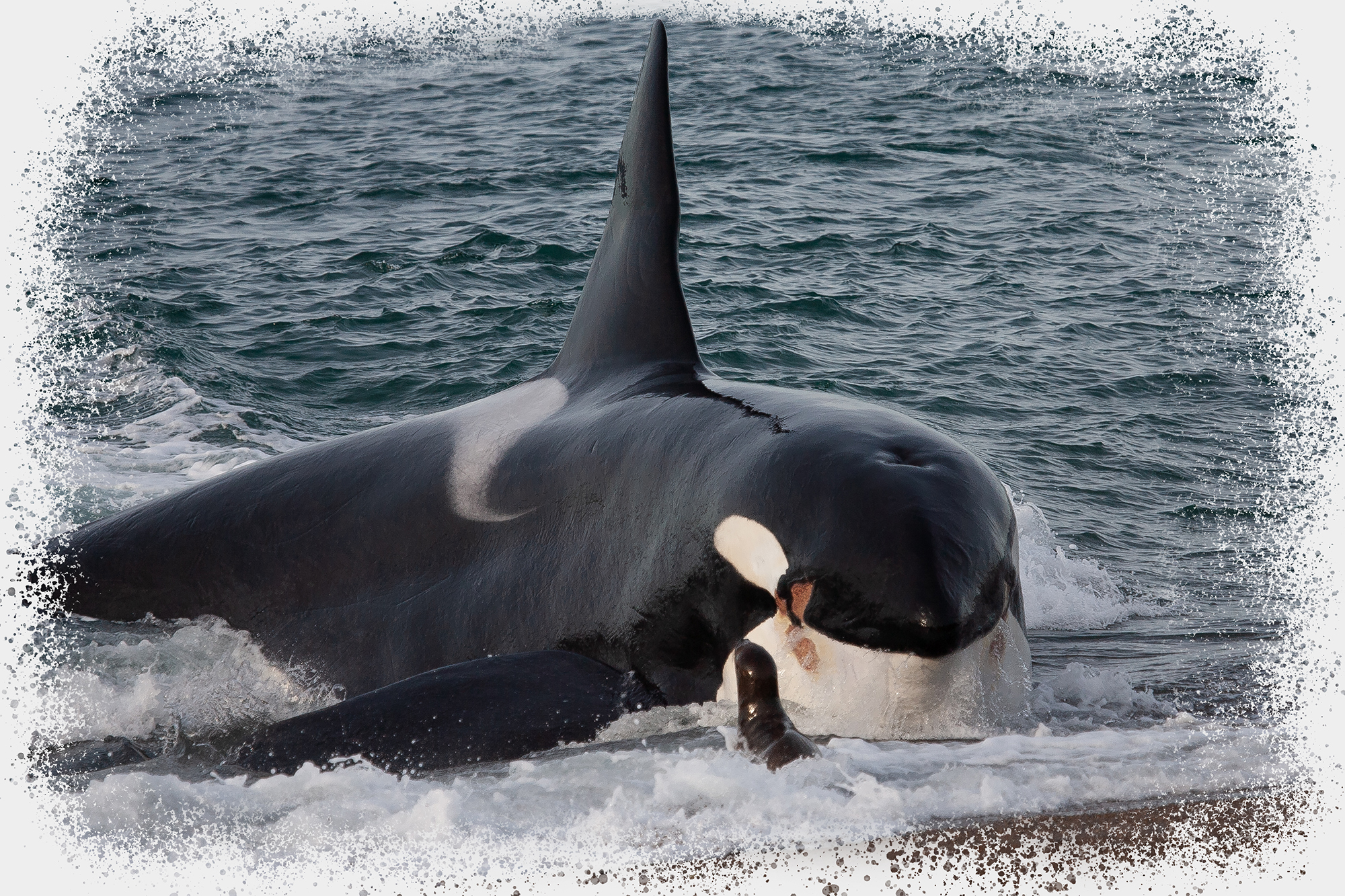
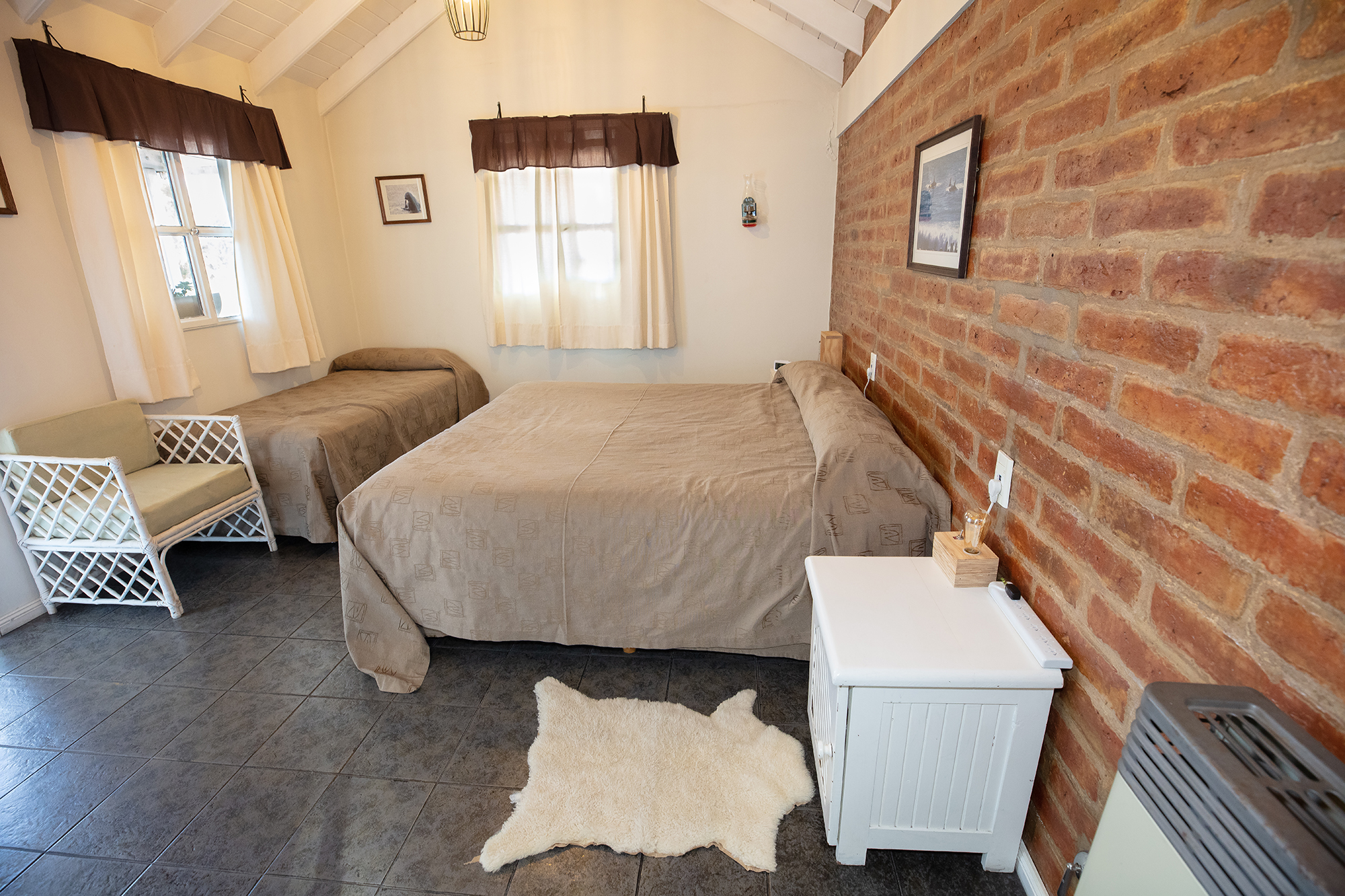
Today, there are 8 guest rooms at the property. Each room is configured as a twin share or double beds.
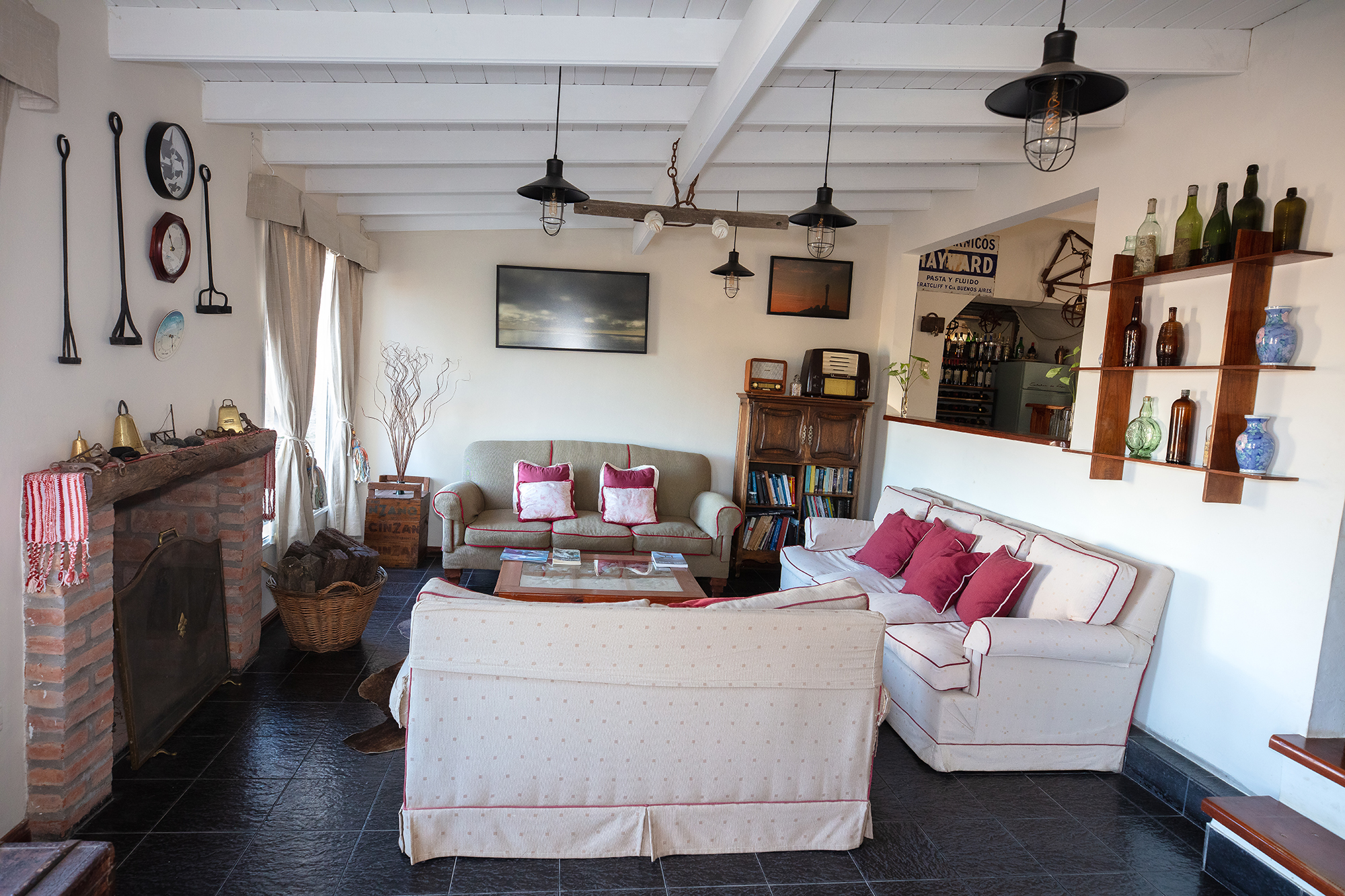
The dining room has a well appointed seating area to relax and socialize after a day at the beach.
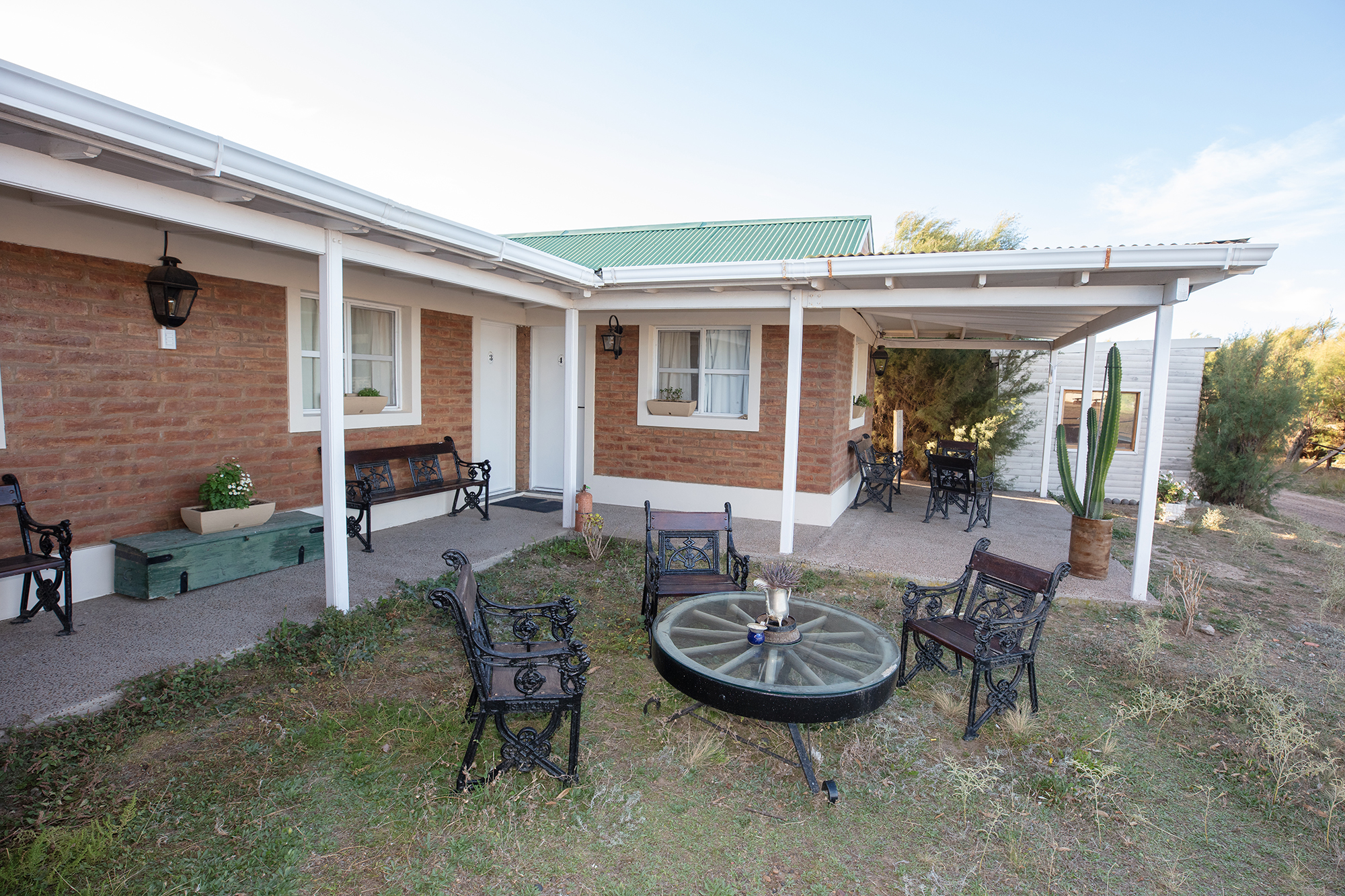
Outdoor seating areas provide additional places to gather, enjoy the quiet rural setting. and share a few drinks
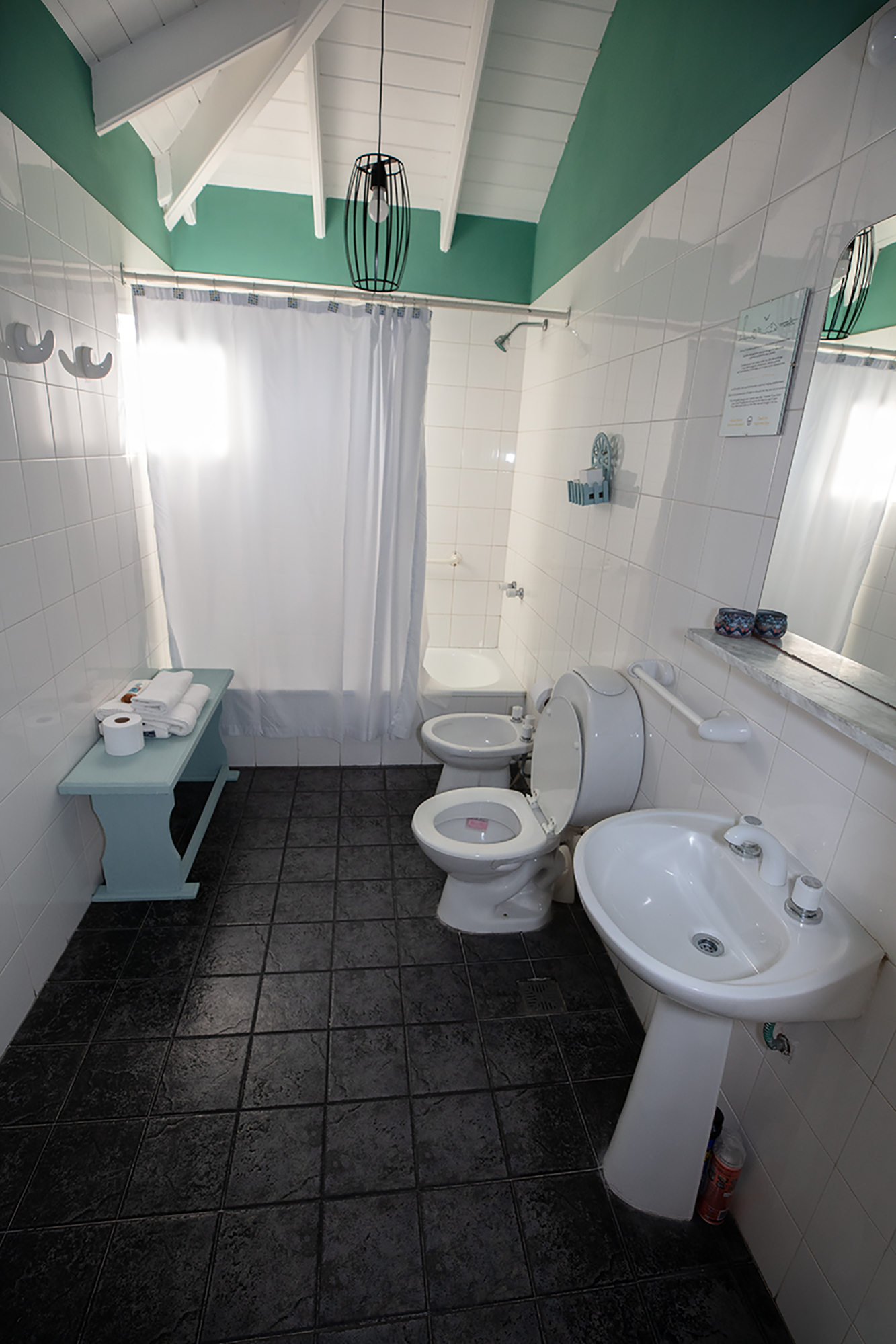
The rooms all have a private ensuite bathroom with a shower, sink and toilet. There is also a heater in each room for cold April nights.
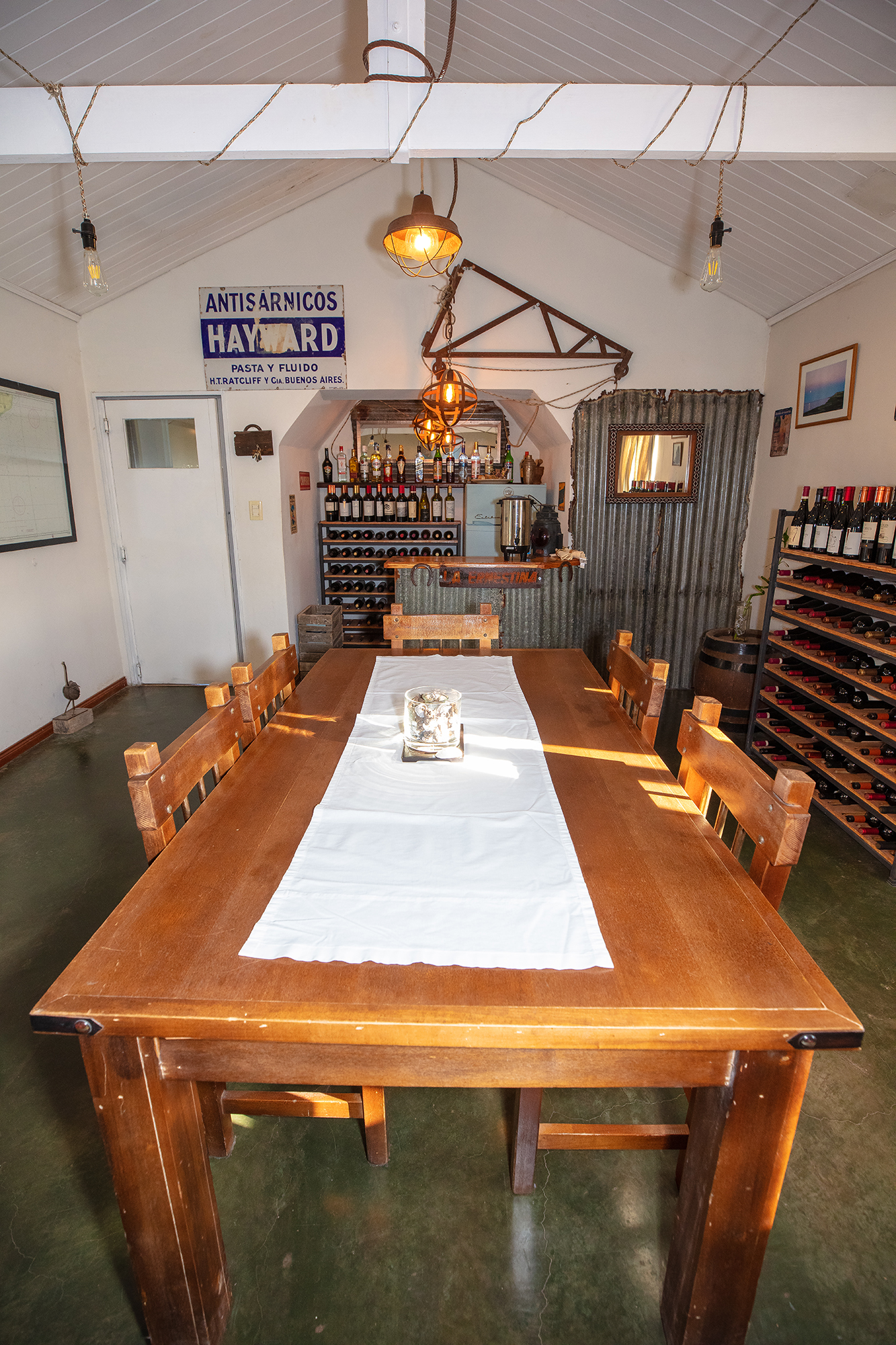
Breakfast and most dinners are hosted in the dining room. It is a good place for the group to get together and discuss the events of the day. All food is provided by our talented chefs. Most dietary restrictions can be accommodated.
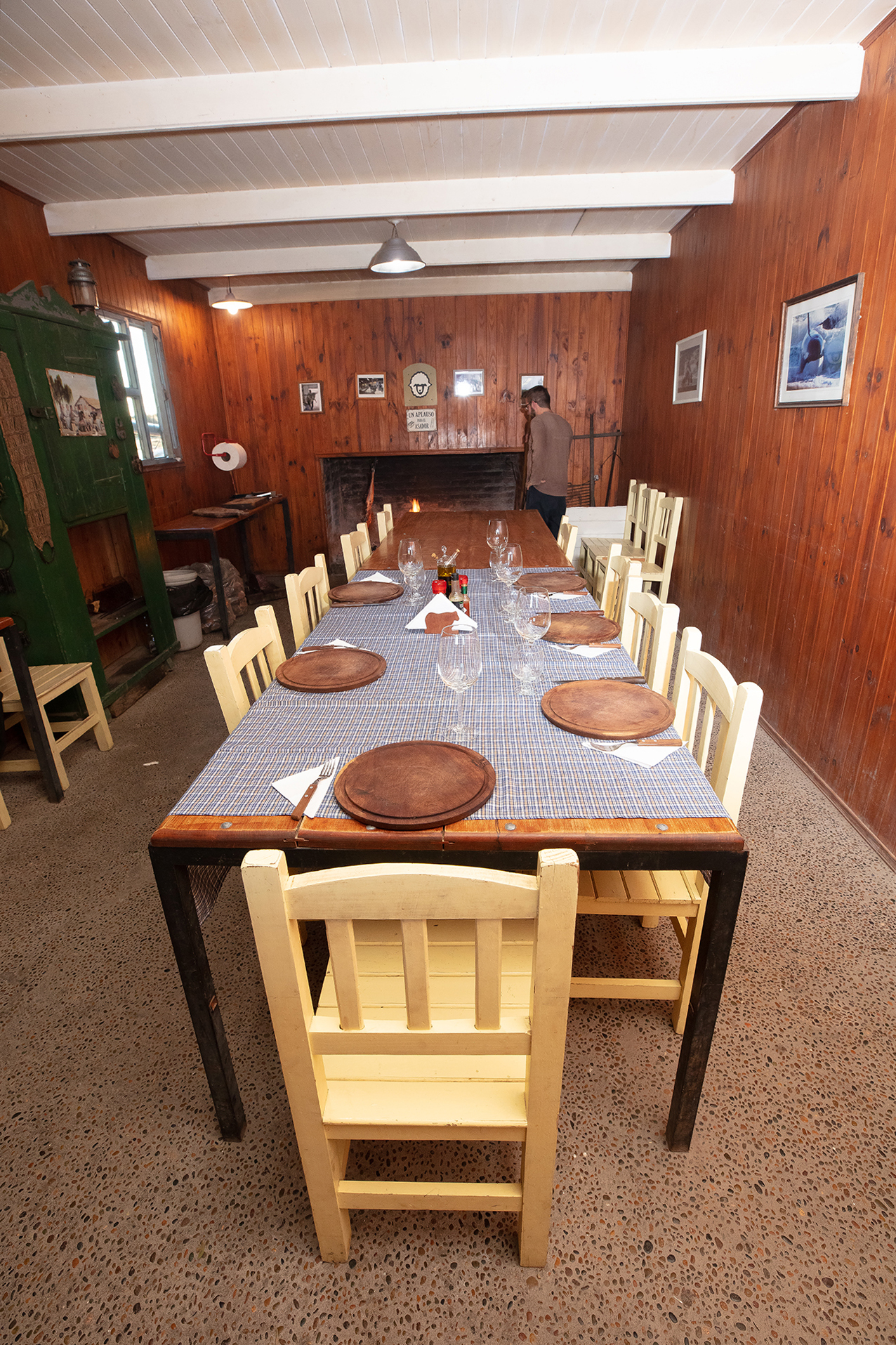
Once a week, a traditional asado is prepared by the head guacho and the chefs. A sheep from the farm provides the centerpiece of this feast. The asado is held in the quincho, a traditional asado hall used on the property for many years.
The field portion of our activities is spent at the beaches on the property. These beaches include Medina Bay, the Palo, and a stretch of beaches to the east and south of the accommodations. Our time is split between the beaches depending on the weather and tides, as well as the activity and movements of the orca. We also spend a considerable amount of time at the Faro. This is the Punta Norte lighthouse which is built on the highest hill and provides a base of operations to spot orca and plan our movements and strategies. Entire days can be spent at the Faro, but this lookout provides us the best strategic advantage during certain tidal phases.
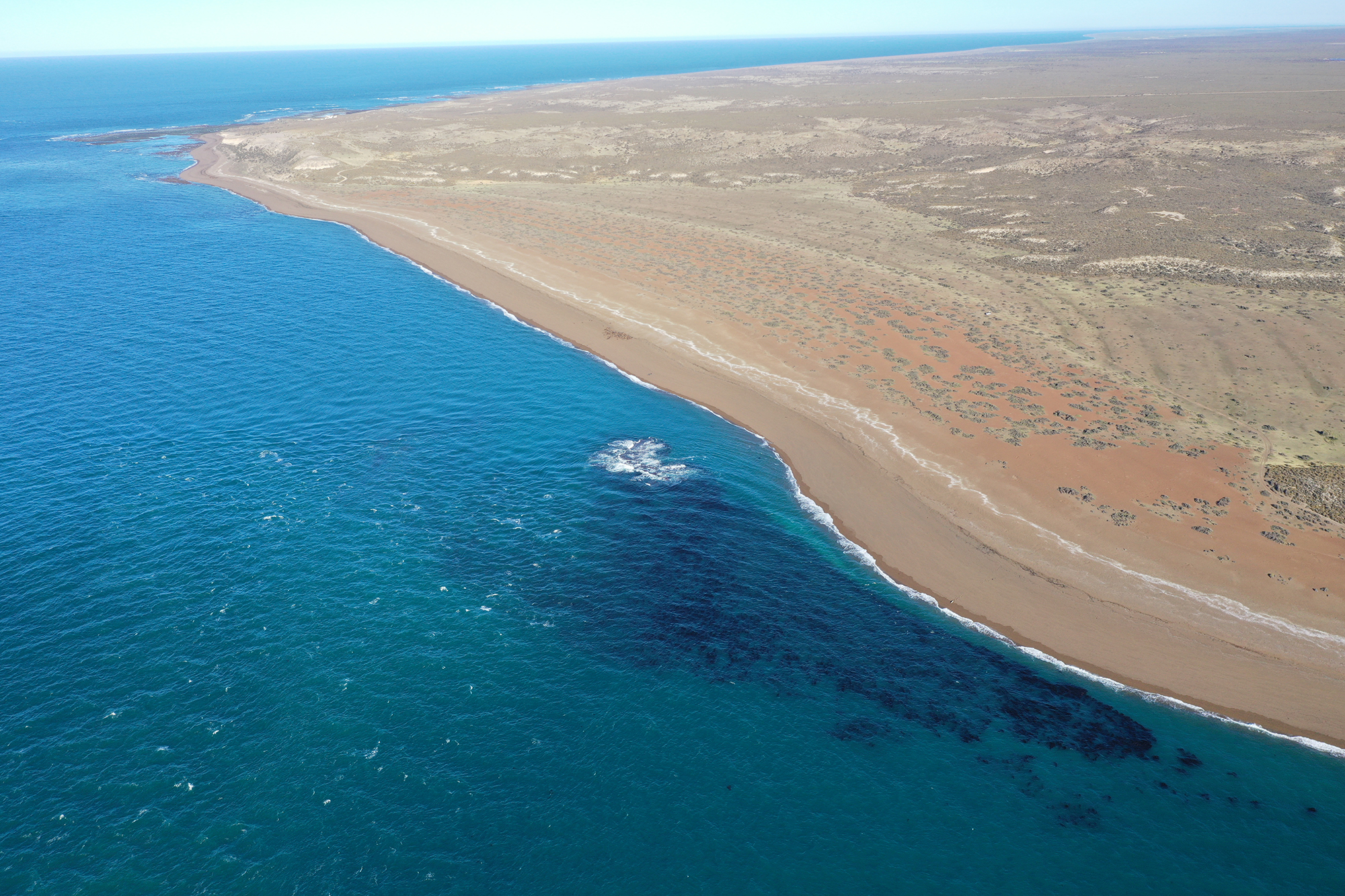
Medina and Palo
The main beaches we use are north facing beaches flanking the Faro. These pebble beaches offer different advantages and opportunities for the orca depending on the tides and weather
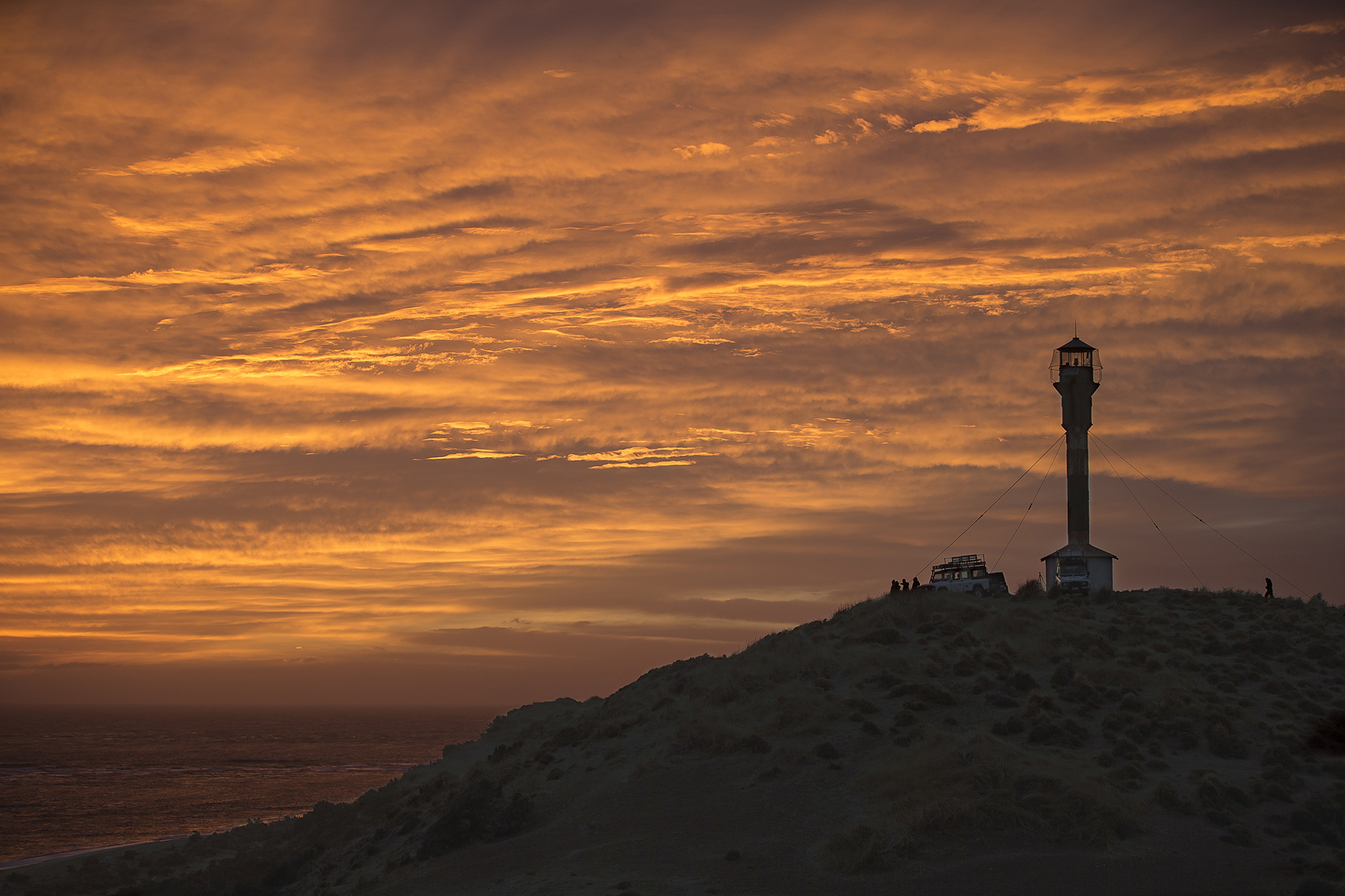
The Faro
The Faro (Spanish for "lighthouse") is located on a hill, situated between Medina Bay and the Palo. This central location provides us an elevated vantage point from which orca can be spotted at a greater distance.
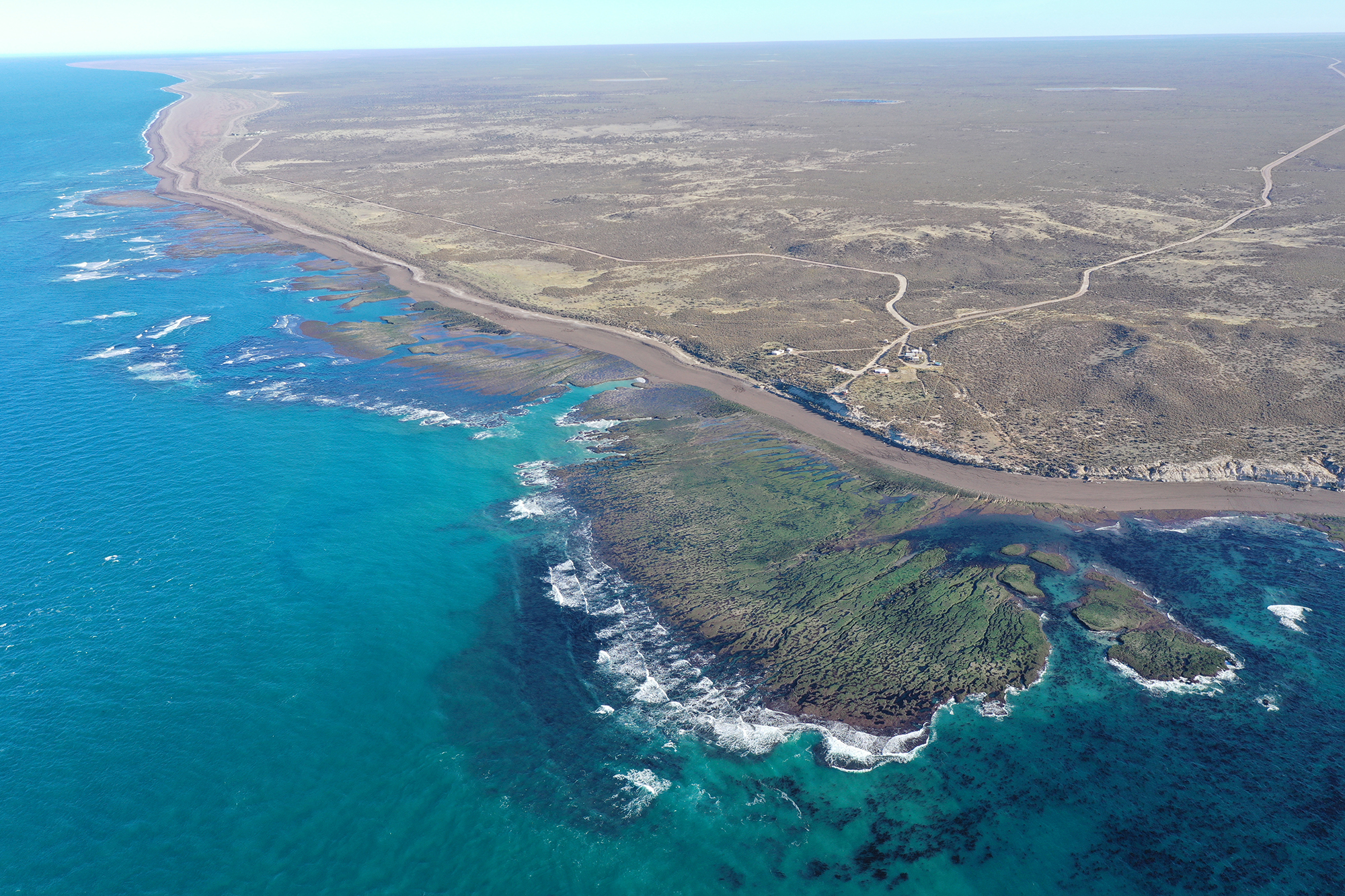
Public Area
The public area and its surrounding beaches allow the public a location to view orca from a government operated lookout.

